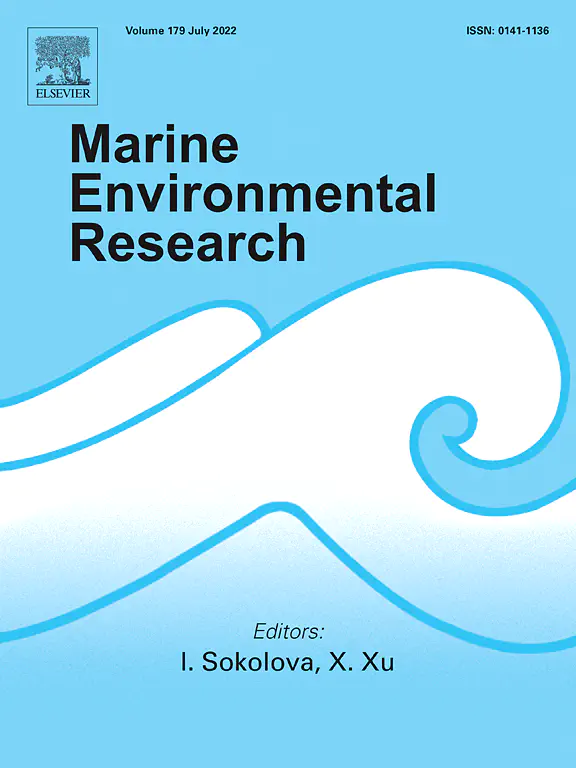Comparing production and life-history traits of a key amphipod species within and between estuaries under different levels of anthropogenic pressure

Abstract
Inter-population variability may arise as a response to adverse natural and anthropogenic stressors. The dynamics of a key amphipod species (Echinogammarus marinus) was followed during ≈ 1-year at its southerly range (NW Portugal), in three estuaries with different levels of anthropogenic pressure (High - Ave estuary; Moderate - Mondego estuary; Low - Minho estuary). We hypothesised that E. marinus populations would present lower production and fitness, and higher intersexuality incidence with increasing anthropogenic pressure. According to a GAM model explaining ≈70% of the observed variability, E. marinus biomass depends on temperature, organic matter, Fucus area and time of the year. Significant differences were found between the gammarid biomass in Minho and Mondego estuaries and within sites from the same estuary. As expected, Ave estuary exhibited the lowest average annual production, abundance and fecundity rates. However, the highest average production was found in Mondego and not in Minho estuary, although the turnover ratio (P/B) of both estuaries was very similar. Besides the system’s global ecological status, E. marinus also seems to respond to microhabitat conditions, which may explain the spatial heterogeneity observed in the amphipod production within the same estuary. Intersexuality prevalence was negligible in the three populations, which does not support the idea of a link between anthropogenic pressure and intersexuality in E. marinus. We argue that the dependence of E. marinus on Fucus sp. should be further investigated to fully understand the role of both fucoids and the gammarid in coastal foodwebs.